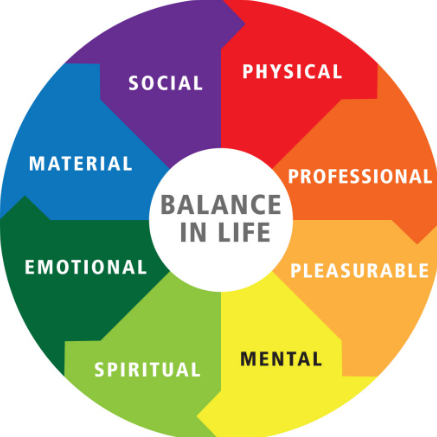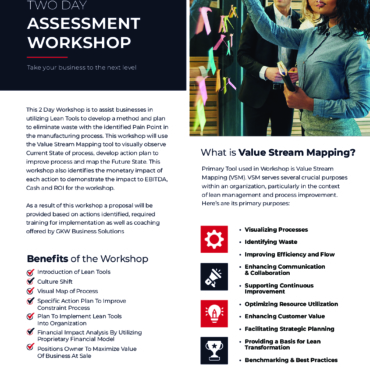I pulled this Work-Life Balance info from ChatGPT, and I found it interesting that Faith or Religion is not mentioned in this report. Is this an AI phenomenon or we are now at a point where our faith is not even a consideration in our current society? I am very interested in your thoughts on this!
Work-life balance is a critical aspect of employee well-being and productivity. It involves managing work responsibilities alongside personal life and leisure activities to maintain overall health and satisfaction. Different countries and organizations implement various strategies to improve work-life balance, reflecting diverse cultural, economic, and policy environments.
Global Insights
- Europe:
- Leading Countries: Spain, France, Denmark, Norway, Netherlands, and the UK are among the top countries for work-life balance. These countries typically offer extensive statutory leave, shorter workweeks, and high levels of government support for childcare and leisure activities (Hubstaff) (Moneyzine).
- Statistics: Only 0.4% of employees in the Netherlands work long hours, and Denmark features flexible work arrangements like “Flexjobs” to reduce stress without impacting pay or pension (Hubstaff).
- Asia and Australia:
- Challenges: East Asia, including South Korea and China, reports high levels of daily stress and long working hours. Conversely, countries like New Zealand and Australia score high in work-life balance due to favorable job climates and robust leave policies (Hubstaff) (Moneyzine).
- Trends: Many workers in Asia are engaged but face high stress, while Australian and New Zealand workers benefit from good job satisfaction and balanced hours (Moneyzine).
- North America:
- Canada: Features supportive policies like full-day kindergarten and low percentages of employees working long hours (3%) (OECD Better Life Index).
- United States: Lacks a national paid parental leave policy, with about 10% of employees working very long hours. However, efforts are being made to improve early childhood education and reduce poverty among working families (Moneyzine).
Organizational Best Practices
- Top Companies:
- Companies like Dropbox, SailPoint Technologies, and Asana rank highly for work-life balance, offering flexible schedules and supportive work environments (Moneyzine).
- Remote Work and Flexibility:
- Remote work significantly enhances work-life balance, with 91% of surveyed employees opting for remote roles to achieve better balance. Flexible schedules and the ability to manage work from home contribute to higher morale and reduced burnout (Hubstaff) (McKinsey & Company).
Gender and Work-Life Balance
- Same-Gender Dual-Career Couples (DCCs):
- Research shows that same-gender couples often share household responsibilities more equitably, leading to reduced burnout and better work-life balance. They tend to communicate more about household duties and adapt dynamically to changing work and personal demands (McKinsey & Company).
- Gender Disparities:
- Globally, men are more likely to work long hours, while women, despite fewer hours in paid work, often shoulder more unpaid household responsibilities, limiting their leisure time (Moneyzine).
Policy and Cultural Impact
- Government Support:
- Countries with robust government support systems for childcare, healthcare, and paid leave typically report better work-life balance. For example, Belgium and Germany invest heavily in childcare and offer flexible working arrangements to support working parents (OECD Better Life Index).
- Cultural Practices:
- Cultural attitudes towards work and leisure significantly impact work-life balance. European countries, known for their emphasis on leisure and personal care, generally report higher satisfaction levels compared to regions with a culture of long working hours (Hubstaff) (OECD Better Life Index).
Conclusion
Achieving a good work-life balance requires concerted efforts from governments, employers, and individuals. Policies that support flexible working hours, adequate leave, and robust childcare systems are critical. Additionally, organizational practices that prioritize employee well-being through flexible schedules and remote work options can significantly enhance work-life balance. Understanding and addressing gender disparities and leveraging cultural strengths are also essential in fostering a balanced and productive workforce.




